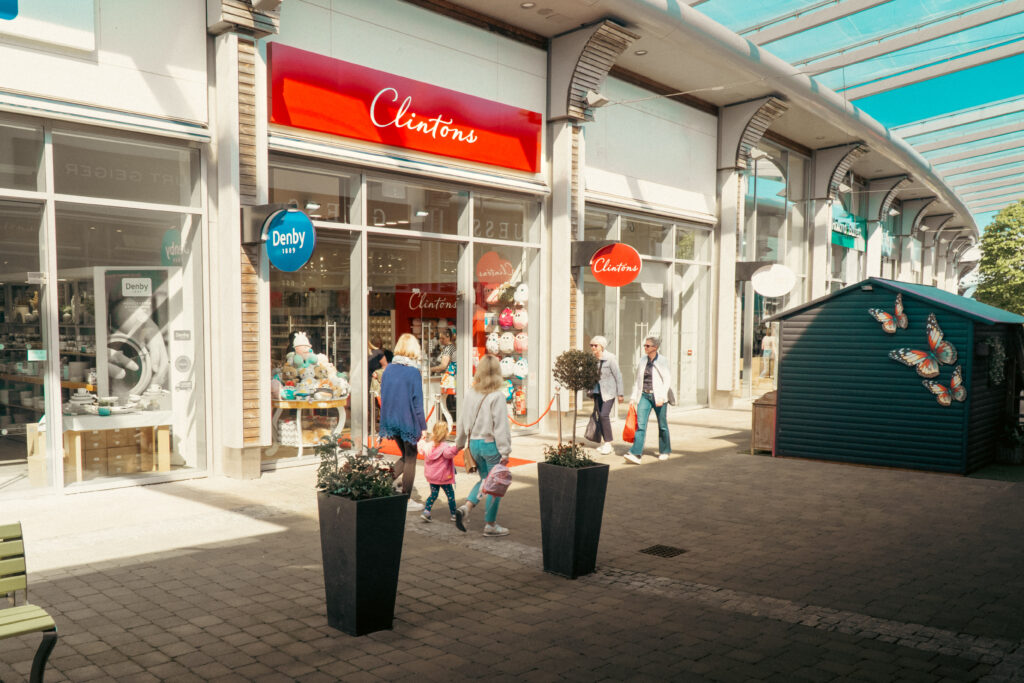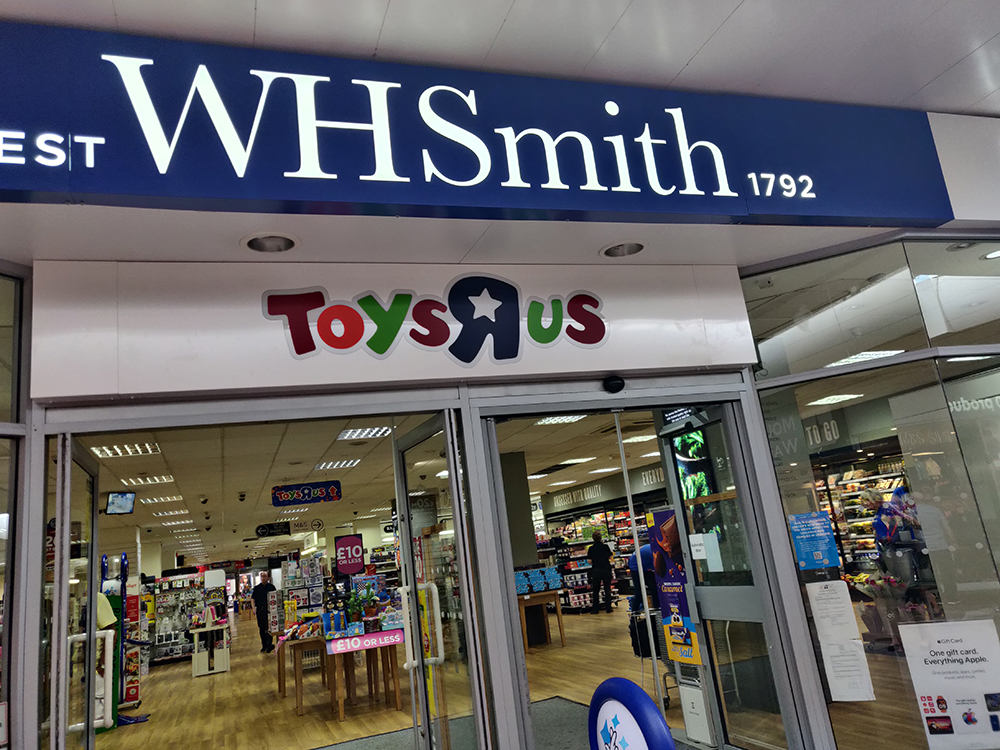It‘s evident that the connected consumer has rapidly changed the retail environment. Ofcom‘s Communications Market Report 2014 showed that the average UK adult spends eight hours and 41 minutes a day on connected devices, and according to eBay Inc. consumers will use between three to five devices to research the product before they finally make the purchase.
The level at which people are interacting through digital platforms is certainly high and they are generating a lot of data as they go. This is positive as it offers retailers more touchpoints to target consumers with relevant content, while providing convenience and flexibility. However, it also makes the shopping journey in store, on line or by post extremely complex to analyse and cater to.
Providing a seamless customer experience across all channels with a single voice should be top priority for retailers, which can be done by looking at multi-channel across five stages and building up an eco-system of tools around the data can help.
InputsInputs describes the data collected across touchpoints. It‘s fairly straightforward to collect data online; however, consumers are usually more reluctant to spend time giving information in-store. With that in mind retailers should really think of creative ways to incentivise this behaviour. This could be done through leaflets with a prize draw or perhaps through introducing a loyalty or membership card. The key is not to view these data collection points separately. Rather, regardless of its origin, it is crucial to ensure that the data being collected is high in quality, continuous and consistent across touchpoints, which ultimately feeds into one single customer view. Doing so enables data from different sources to be cross correlated; uncovering behavioural trends that could help retailers understand the customer‘s journey to purchase.
AnalyticsThis is where retailers aim to glean insight from the data. A variety of different tools can be employed and data can be improved through layering on additional data sources (free and charged) to improve knowledge of customers and factors that may be affecting their interaction with the brand. For example, retailers may spot that a particular customer has been purchasing a lot less from them, giving the retailer a chance to look into why. Is it because a competitor is having a sale, and if so how do you get them back?
The analytics stage allows the retailer to build profiles of its customers/prospects and understand where they are in their lifecycle in their relationship with the brand. The retailer can then tailor its marketing messages and decide where to invest marketing budget to best effect.
OutputsBy this stage retailers should be able to recognise consumers‘ shopping habits allowing them to target customers with timely messages relevant to their stage in the purchase journey. Essentially, it comes down to ensuring all touchpoints are joined up, and if the above two stages are implemented correctly, the outputs stage will allow you to intelligently up-sell or cross-sell to customers.
IndividualisationIndividualisation describes the step after personalisation. While personalisation may mean consumers will receive an email with their name on it, individualisation will allow you, with the insights gleaned, to send messages to one customer that are entirely different to ones sent to another. The products featured, images and tone of voice will be completely tailored to that customer‘s likes, persona and purchasing habits.
At present, some retailers will tend to communicate in a rather blanket way, others have moved to segmentation grouping the customer into like minded segments, but the ones that will be very successful are those that introduce this dynamic individualised content change.
RELATED STORIES

















